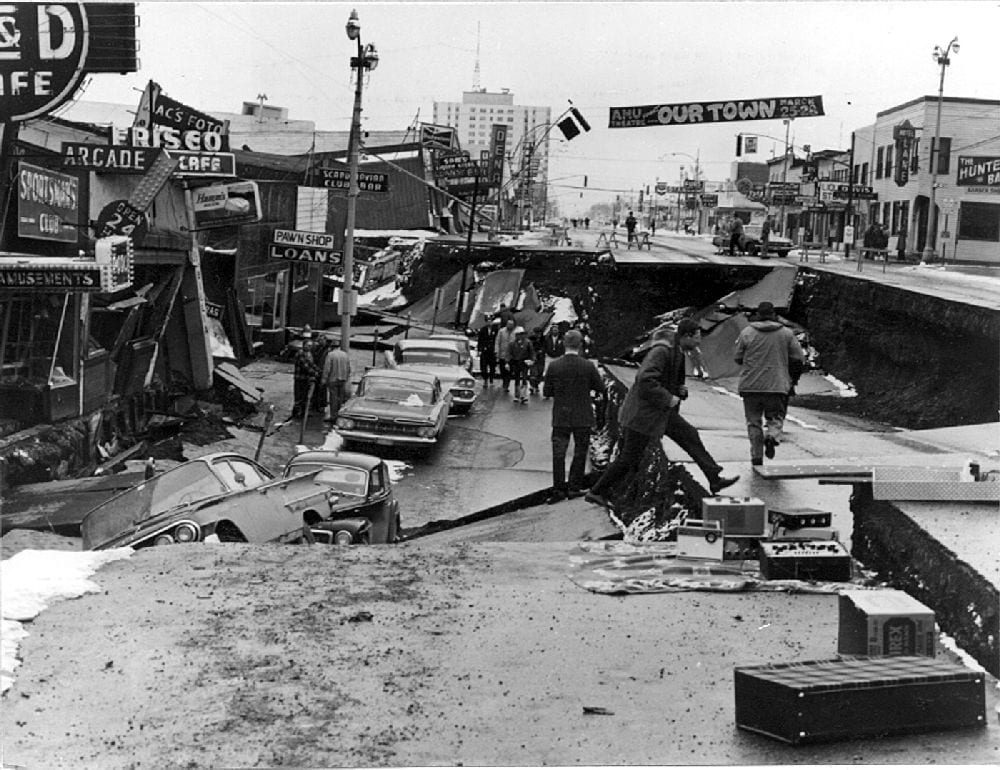
March 27, 1964, Alaska was impacted by the Good Friday Earthquake, the second largest earthquake ever recorded, at a magnitude of 9.2.
The state experienced nearly five minutes of violent shaking focused on Prince William Sound, forever changing the lives of Alaskans and altering the geography of the state.
One hundred and 32 people perished in the earthquake, including 118 lost from tsunamis which came ashore in some coastal areas before the shaking stopped.
On average, Alaska experiences a 7.0 or greater earthquake every year.
Gov. Mike Dunleavy declared March 21-27 Tsunami Awareness Week and encouraged the public to learn more about warning signs of a tsunami, to identify evacuation routes to areas outside of tsunami zones and to practice earthquake and tsunami safety drills.
“In Alaska we have more earthquakes than the rest of the United States combined, but when we talk about earthquakes in Alaska we must also talk about tsunamis. While earthquakes can impact all areas of the state, the additional lethality of tsunamis makes it critical we prepare for both simultaneously,” said Paul Nelson, director of the Division of Homeland Security and Emergency Management. “The Tsunami Ready program, community tsunami sirens, our emergency alert system, and tsunami education within communities combined to make Alaska well prepared for a tsunami response. Several tsunami warnings in the last decade has shown Alaskan communities are ready to take action when needed.”





